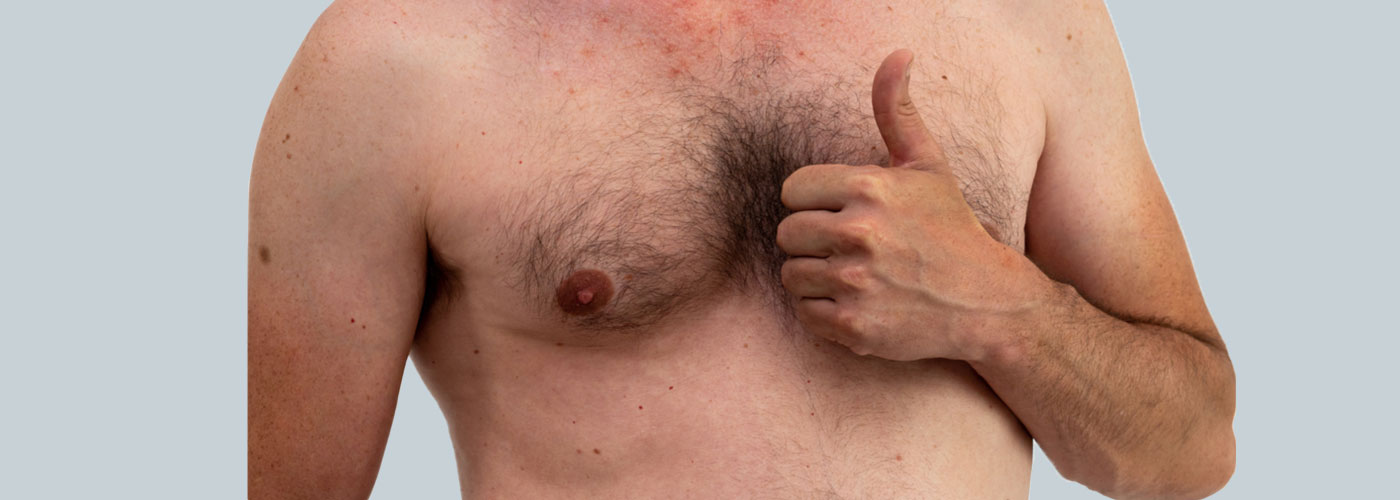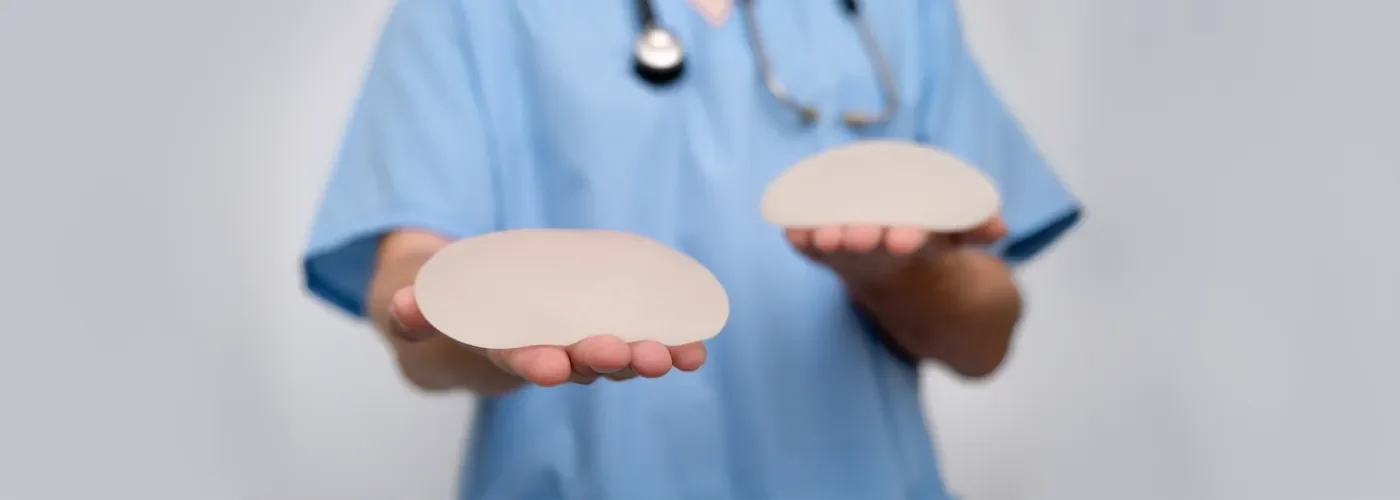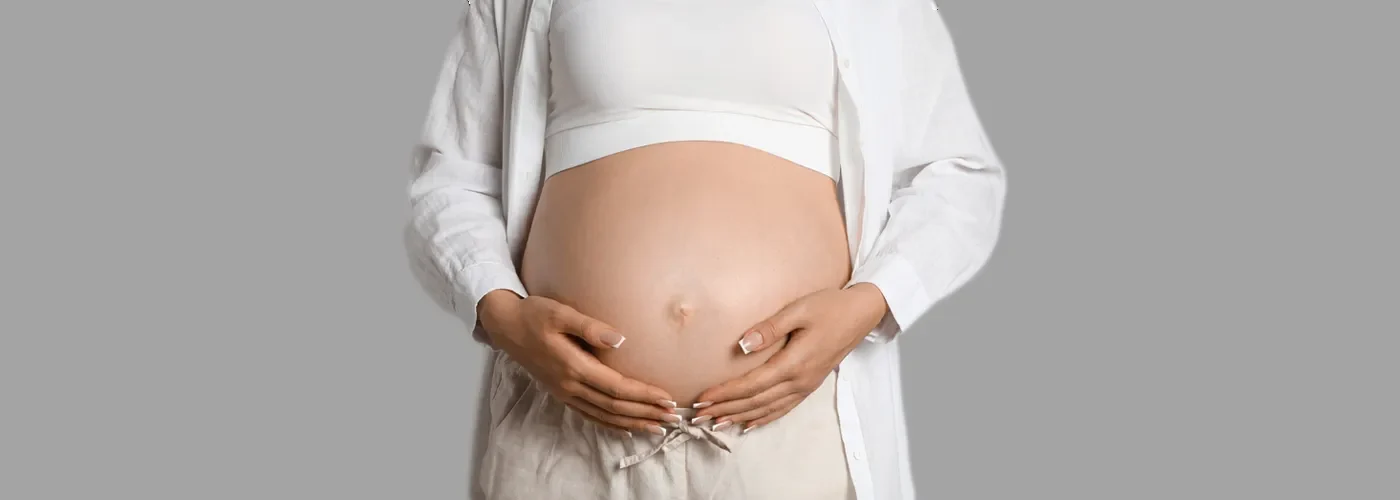Gynecomastia surgery, or enlarged male breasts, is a common issue that many men experience during adolescence. According to recent research, approximately 10% of males face this problem during that period. Some men in middle age may also encounter breast tissue enlargement due to a decrease in testosterone, which can lead to dissatisfaction with their appearance in everyday clothing.
Therefore, gynecomastia surgery is the enlargement of glandular breast tissue in males due to an imbalance of estrogen and testosterone hormones. This disorder can affect one or both breasts asymmetrically at times. false gynecomastia refers to an increase in fatty tissue, not glandular tissue, in male breasts.
Gynecomastia surgery can occur in infants, adolescent boys, and elderly men due to natural hormonal changes. Additionally, other factors can contribute to this condition.
Most often, gynecomastia does not develop into a serious problem. However, dealing with this situation can be challenging. Individuals with gynecomastia may sometimes experience breast tenderness and may suffer embarrassment due to the appearance of their breasts.
Gynecomastia surgery can sometimes resolve on its own. In infants, this condition is natural and typically resolves by 6 months of age. If it persists beyond this age, medication or surgery may help treat gynecomastia.
The physical and emotional discomfort associated with gynecomastia surgery fortunately has effective solutions. This includes classic gynecomastia, which involves a combination of breast tissue and fat. In some cases, this condition is also known as “mixed gynecomastia,” involving both fatty and breast tissue together. Additionally, there are cases referred to as Mixed gynecomastia, where excessive fat tissue accumulation occurs. In all forms and subtypes of gynecomastia surgery, efforts are made to design an optimal surgical plan to help individuals achieve the smoothest possible chest contour.
Gynecomastia surgery method
The surgical procedure for gynecomastia surgery involves the removal of excess breast tissue, often combined with liposuction for chest contouring (liposculpture of the chest wall). This treatment method is designed to eliminate excess breast or glandular tissue in individuals with gynecomastia, improving the appearance and firmness of the chest.
I use a small incision placed along the lower border of the areola, which remains discreet and hidden. In some cases, I can also remove excess skin if necessary, especially in individuals who have loose skin due to significant weight loss.
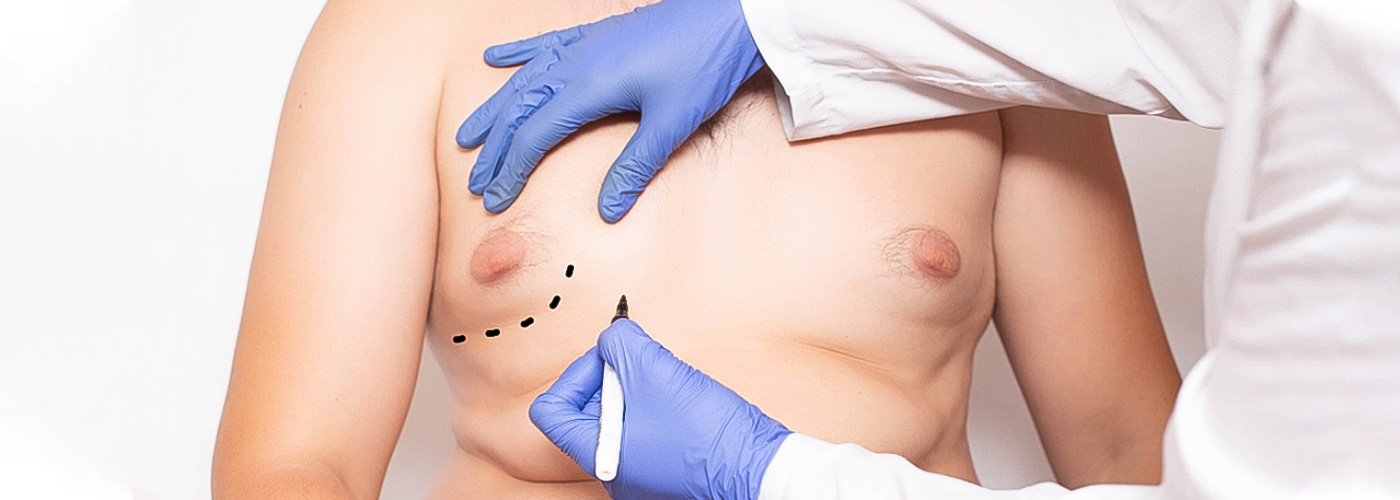
I believe that liposuction alone is often insufficient for correcting male breasts because most individuals with perceived excess chest fat also have some amount of glandular tissue beneath the fatty layer, which cannot be effectively addressed through liposuction alone. Additionally, using the term “male breast reduction” is appropriate for all individuals, as the method I perform is essentially a subcutaneous mastectomy through a small incision.
In less than five percent of cases, typically those who have lost a significant amount of weight, glandular tissue removal with chest wall contouring may not be adequate, necessitating a full lift of the chest with skin excision and free nipple grafting to achieve the smoothest chest contour. Over the years, I’ve had experience performing pedicle breast lifts, but I’ve come to realize that free nipple grafting often provides a better and smoother shape to the chest in most cases compared to pedicle lifts.
It’s also important to note that not every individual who needs this procedure is willing to undergo it, even when it’s recommended. Some individuals prefer to have the smoothest possible chest and are not concerned about incisions. Sometimes, even when patients technically require a larger procedure with skin excision, they opt initially for a less invasive approach with fewer incisions, and only a small subset who are bothered by excess skin will proceed to a larger excision method.
Gynecomastia symptoms for Gynecomastia surgery
Some common signs of gynecomastia include:
- Pain, Especially in Adolescents: Individuals with gynecomastia may experience noticeable pain in the breast area, especially during adolescence and puberty when hormonal changes are more pronounced.
- Swelling of Breast Tissue: Due to increased glandular tissue, breasts may appear larger and swollen compared to normal.
- Sensitivity and Pain in the Breasts: Breast tissue in individuals with gynecomastia is often more sensitive and may be painful to touch or pressure.
- Sensitivity at Nipple Contact with Clothing: Nipples in individuals with gynecomastia may be more sensitive, causing discomfort or pain when in contact with clothing.
- Nipple Discharge: Fluid discharge from one or both nipples (nipple discharge) may occur, which can be a concerning sign requiring medical evaluation.
- Firm or Hard Knots: Feeling a firm or hard knot in the breast area may indicate the presence of a tumor or other underlying issue.
- Skin with Folds and Wrinkles in the Breast Area: If the skin over the breasts appears puckered or wrinkled, it may warrant evaluation for potential serious changes in breast tissue.
These signs can vary in severity and may indicate different underlying causes, so it’s important for individuals experiencing these symptoms to seek medical advice for proper evaluation and diagnosis.
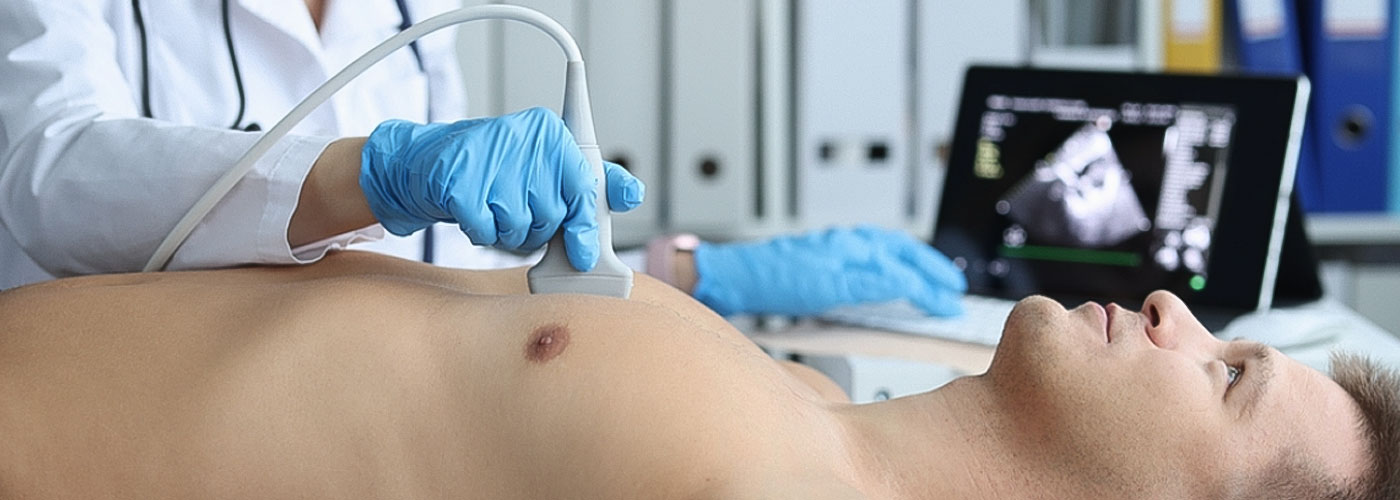
The right time for gynecomastia surgery
The appropriate time for gynecomastia surgery is typically when individuals experience abnormal changes in their breasts, such as swelling, pain or sensitivity, nipple discharge, firm or hard knots, and skin folds or wrinkles over the breast area. It’s advisable to consult a specialized surgeon promptly if you notice any of these symptoms. This action can help diagnose any potential medical issues related to the breasts in a timely manner and initiate appropriate treatment.
Causes of gynecomastia
The male body naturally produces the sex hormone testosterone primarily and in small amounts, estrogen as well. When the balance between testosterone and estrogen shifts, gynecomastia surgery can occur. Several factors can disrupt the hormonal balance in the body, including:
- Natural Hormonal Changes:
Testosterone and estrogen hormones control sexual characteristics. Testosterone regulates features like muscle mass and body hair, while estrogen controls aspects such as breast growth. Elevated levels of estrogen or an imbalance relative to testosterone levels can lead to the development of gynecomastia. - Gynecomastia in infants:
More than half of male infants are born with enlarged breasts due to the effects of estrogen during pregnancy. Breast tissue swelling typically improves within 2 to 3 weeks after birth. - Gynecomastia in adolescence:
This type of gynecomastia, caused by hormonal changes during adolescence, is common. In most cases, breast tissue swelling improves without treatment within 6 months to 2 years. - Gynecomastia in adults:
Approximately 24% to 65% of men aged 50 to 80 years are affected by gynecomastia. However, most adults with this condition do not experience specific symptoms.
Prevention of gynecomastia surgery
Prevention of developing gynecomastia can involve the following measures:
- Avoiding Drug Use:
- Avoiding the use of anabolic steroids, amphetamines, heroin, and marijuana, as these substances can potentially increase estrogen levels in the body.
- Alcohol Control:
- Limiting or reducing alcohol consumption to moderate levels, especially if men do not exceed two drinks per day.
- Regular Treatment:
- Regular treatment of conditions that may be associated with decreased testosterone and increased estrogen levels, such as hypogonadism or hyperthyroidism.
- Maintaining a Healthy Weight:
- Maintaining a healthy weight and engaging in regular physical activity can help maintain hormonal balance in the body.
- Medical Consultation:
- Consulting with a physician or surgeon for regular monitoring of hormone levels and early identification of gynecomastia symptoms.
By adopting these preventive measures, individuals can reduce their risk of developing gynecomastia or mitigate its severity if it does occur.
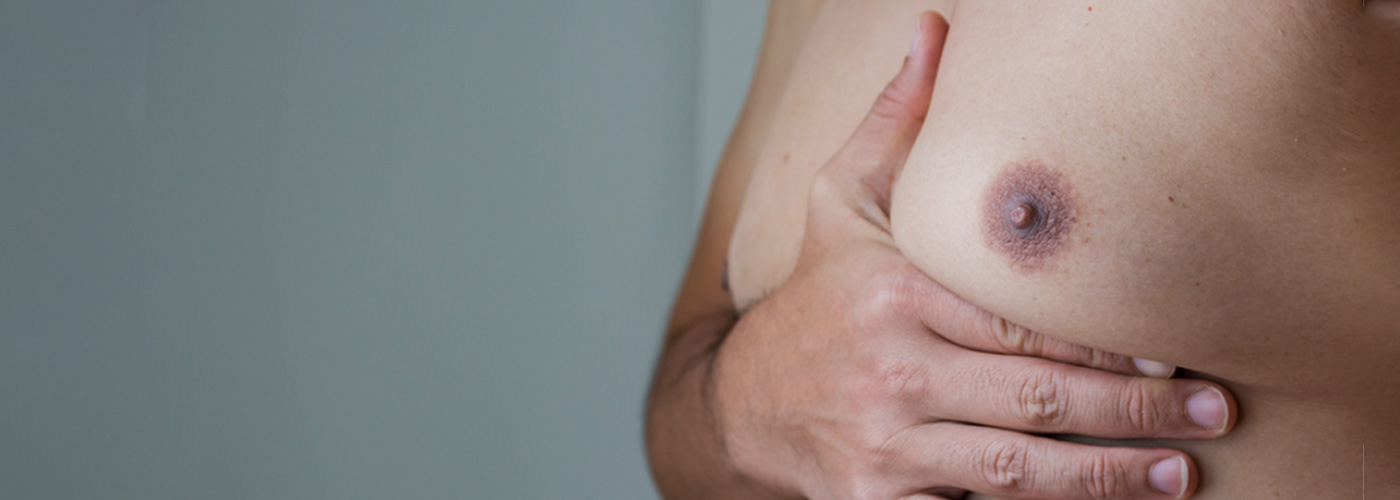
Care after gynecomastia surgery
After Gynecomastia surgery, post-operative care plays a crucial role in the recovery process and achieving desired results. Adhering to medical guidelines and proper care can help reduce complications and accelerate recovery. As a specialized cosmetic surgeon, here are some important tips and recommendations for post-operative care following gynecomastia surgery to assist you in your recovery journey:
Use of Compression Bandages or Garments: It is recommended to use compression bandages or garments to help reduce swelling and shape the chest area.
Medication Adherence: Take prescribed medications seriously. These may include pain relievers, antibiotics, and anti-inflammatory drugs.
Rest and Physical Activity: Ensure adequate rest in the initial days after surgery. Avoid strenuous activities and exercises that put pressure on the chest for several weeks. Limit activities to normal daily routines during the first few weeks post-surgery.
Wound Care: Keep the location of surgical wounds clean and dry. Follow the specialized surgeon’s instructions for changing bandages and wound care.
Avoid Smoking and Alcohol: Refrain from smoking and consuming alcoholic beverages until the wounds have fully healed, as they can slow down the healing process.
Follow-up with Your Doctor: Attend follow-up check-ups after surgery to allow the cosmetic surgeon to assess the recovery progress and ensure the surgical outcomes.
Maintain a Healthy Diet: Consuming a balanced and healthy diet contributes significantly to the recovery process. Include various fruits, vegetables, and proteins in your diet plan.
Be Aware of Warning Signs: If you notice any abnormal symptoms such as fever, severe pain, swelling, or unusual discharge from the wound, inform your doctor immediately.
By following these tips and consulting with your doctor, you can advance the healing process in the best possible way.

The best gynecomastia surgeon
I, Dr. Amir Daryani, am one of the leading providers of cosmetic surgery, specializing in breast augmentation, in Tehran. With years of experience in performing advanced surgical techniques, I am pleased to help my patients achieve the best possible results through tailored treatment plans and methods.
